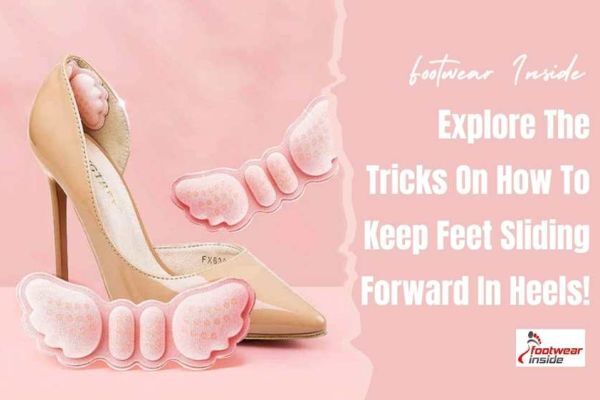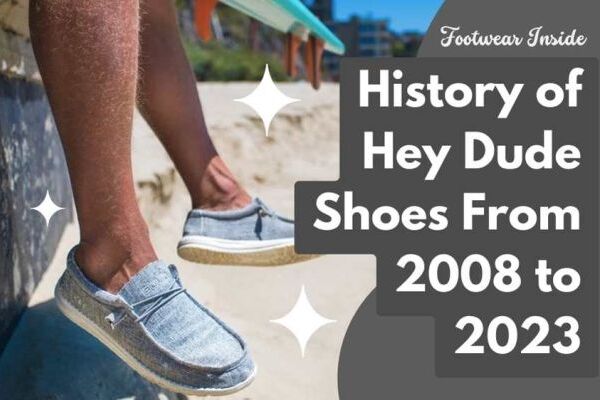Moleskin, blister pads, heel grips, insoles, duct tape—there are a lot of options to choose from when it comes to effectively preventing your ankles from rubbing inside the boots. Why they are feasible and how they are used—we’ll talk about them all in a moment.
Chaffing and abrasions on the back of your foot, especially your ankle, are inevitable side effects of wearing new shoes, right? And sometimes, things get like this with your regularly worn shoes too.
The blisters on the ankle that are brought on by friction from your shoes turn out to be extremely painful, and bothersome and stop you from getting things done for the day. We understand how uneasy it can be for you to walk when your shoes aren’t that comfortable and supportive. Thankfully, there are some feasible tricks to fix this problem!
Today we’ll show you 10 effective solutions for preventing boots from cutting ankles. Keep on reading to find out!
How to Prevent Boots from Cutting Ankle: The 10 Ways
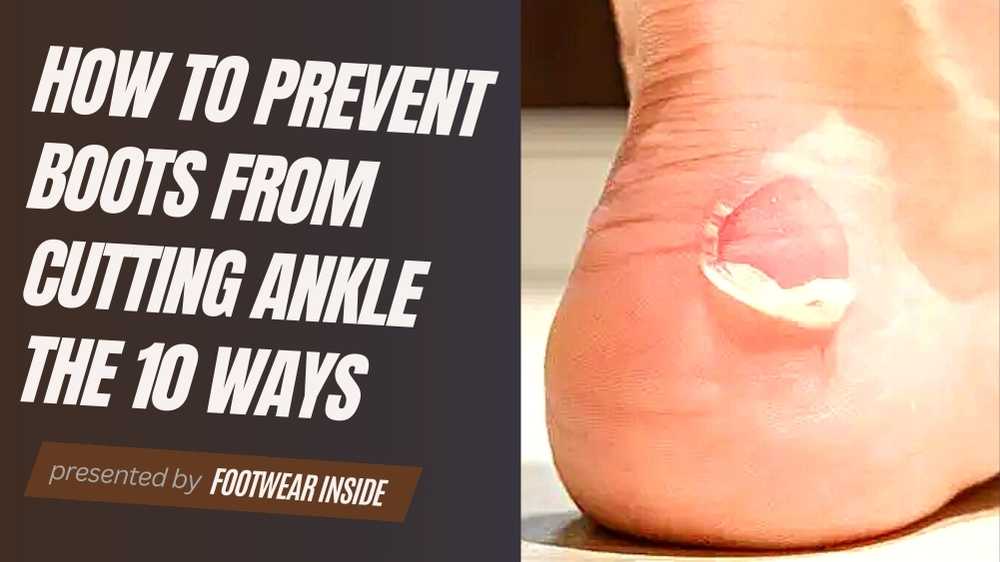
Below are some suggestions to maximize comfort and minimize ankle abrasion in your pair of boots. Please remember that different boots could require different approaches, so choose the one you thinks suits your footwear and your condition best
1. Stick Some Moleskin on the Inner Collar
While many of you might not know about it, moleskin is actually one of the best options for a shoe insert. A piece of moleskin is relatively cheap but can have a significant impact in preventing your shoe from rubbing against your ankle and stopping abrasions. And Dr. Scholl’s Moleskin Plus Padding Roll is one of the best when it comes to quality and functionality.
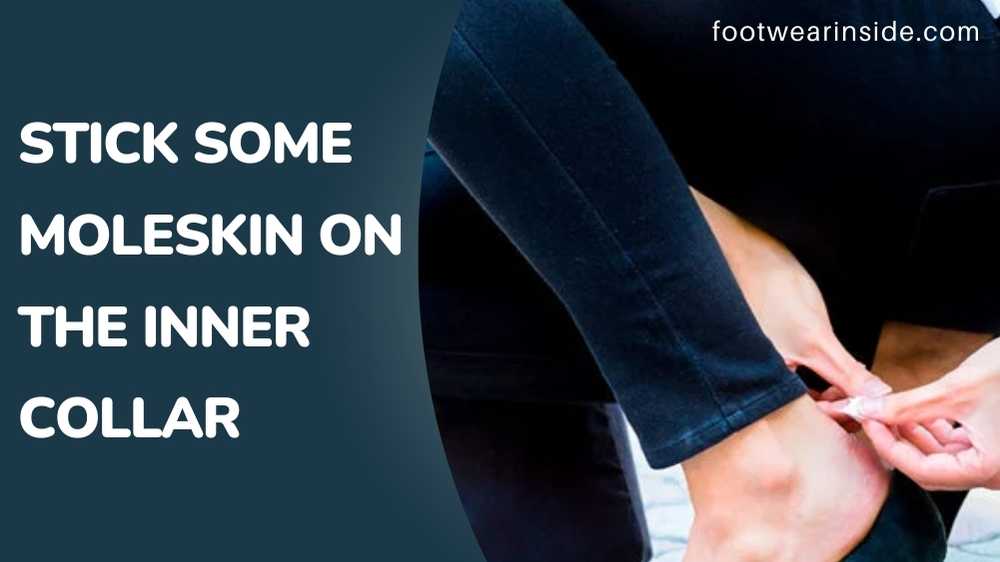
You cover the inside heel of your shoe with the adhesive side of moleskin, while the softer side gives your ankle a comfortable feel. To achieve the best results, try a variety of placements and angles with the moleskin pads around your ankle and heel.
2. Wear Blister Pads for Rubbed Off Skin
You will require blister pads if your shoes have already caused irritation and given you blisters on your ankle. These are specialized cushioning bandages to help you cure blisters resulting from rubbing and can keep the ankle from further rubbing too.
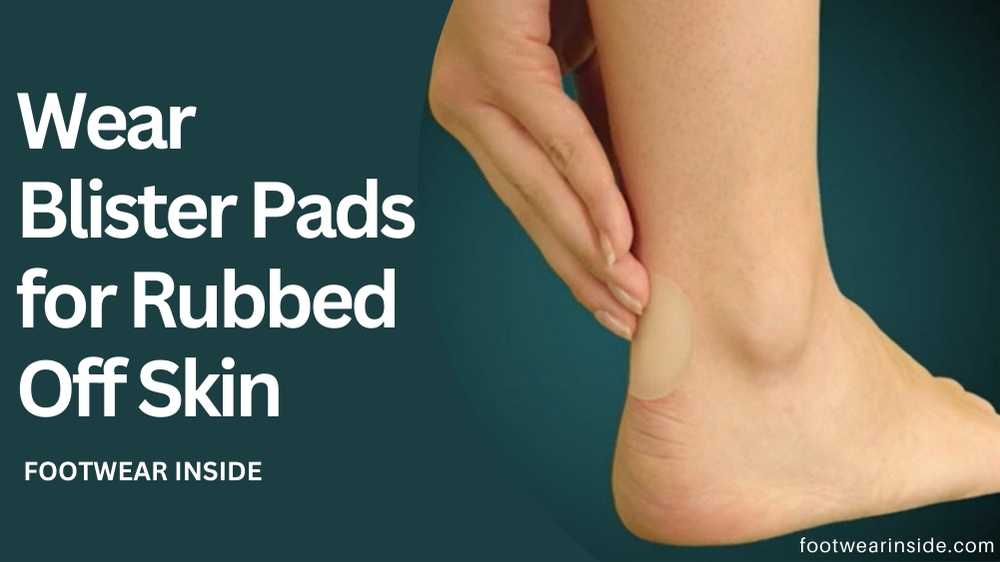
You can try using the Compeed Blister Pads. The hydrocolloid gel in their blister plasters produces the ideal environment for your blisters to heal. And the additional padding built into the plaster assists in stopping any more rubbing or discomfort.
Blister patches beat ordinary bandages in terms of comfort, cushioning, and pain alleviation.
3. Tie Your Laces Off Lower
Health advisor Paul Gent advises you to try tying the laces on your boots lower down and leave the top two hooks or holes free when your ankles feel too constrained in your walking boots. This will ensure that your foot stays properly in place while also reducing pressure on your ankles.
However, keep in mind that you have to keep the foot secure inside the boots so that you don’t cause blisters later on. So, if you are leaving some holes free, make a knot at the bottom of the ankle cuff before completing the lacing. It will provide your ankles with a bit more support.
4. Put on Socks
When you wear the right pair of socks with your boots, you create a barrier between your skin and the boot, and thus lessen friction and avoid rubbing.
Start experimenting with your sock thickness to see what thickness offers the best outcomes.
Thicker socks may be ideal for protecting your ankle from strain or friction. But thin socks can be just as effective, particularly if they are moisture-wicking since shoe rubbing issues get worse if your feet are sweaty.
Another trick is to try wearing two pairs of socks or double-layer socks. One layer will slide over the other during motion, and thus reduce the intensity of friction that otherwise would happen directly over your skin.
5. Use Heel Grip Inserts
Wearing socks may not be a viable option if there is a gap on your boot at the top rather than the bottom of the rear. For such shoes, you can use a heel grip which is a cushioned, self-adhesive grip that fits snugly into the heel of your shoe.
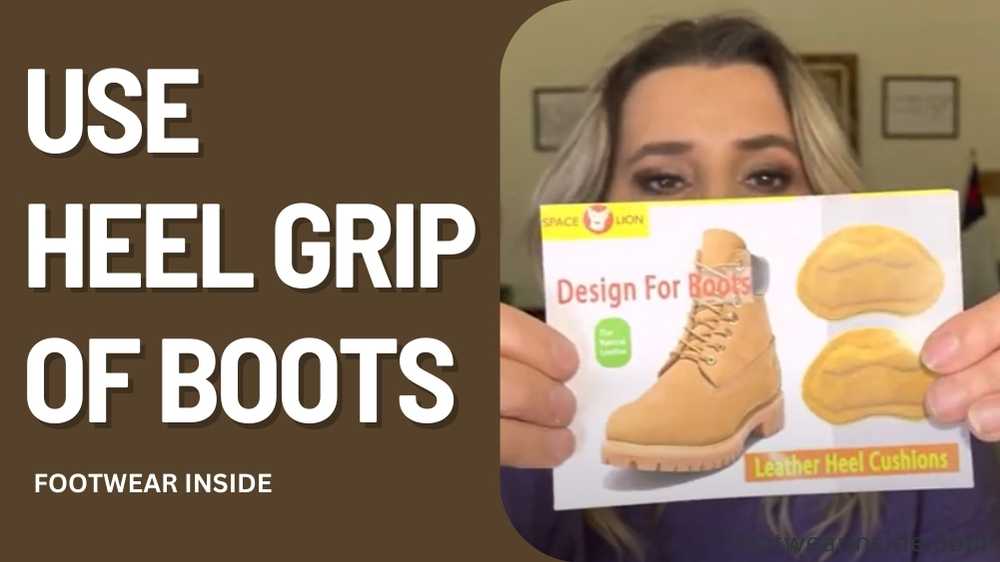
Simply attach the padded strap to the back of your shoe to increase stability and support when you walk and lessen the possibility of unpleasant cuts and blisters developing on the back of your foot and ankle. Click here to watch an instruction video on how to use a heel grip.
6. Inserting Insoles May Help Too
Not everyone will benefit from this. When you find that the ankle cuffs are digging in too deeply, raising your foot slightly with heel support may help to reduce the pain by moving the place where the collar is gripping your ankle.
Or you can also place a help cup under your heel. It has a thicker cushioning and forces your foot forward and into the open space in the shoe, thus preventing friction when you are on the move.
7. Use Cotton Wool/ Band Aid
When you are in a hurry or can’t immediately buy specialized products for ankle protection, you may use cotton wool or band-aid as alternatives. However, these are for the emergency situation; they are not very effective for long-term use.
When you are at risk of having blisters but are unable to use any other products it can aid you right away and successfully for a short while. Just place the cotton wool inside your socks, or band-aid over the ankle for temporary relief.
8. Apply Foot Powder/ Antiperspirant

Keeping the area surrounding your feet dry is an effective way to prevent your shoes from rubbing with your ankle. A good foot powder or antiperspirant can help to absorb extra moisture and keep your ankle from cutting, and Desenex Antifungal Foot Powder can effectively do this.
9. Stretch the Shoe with a Stretcher
When it comes to rubbing, shoes that are too tight and small may be a main cause for many. In such cases, you can purchase a shoe stretching and insert it into your shoes while you aren’t wearing them.
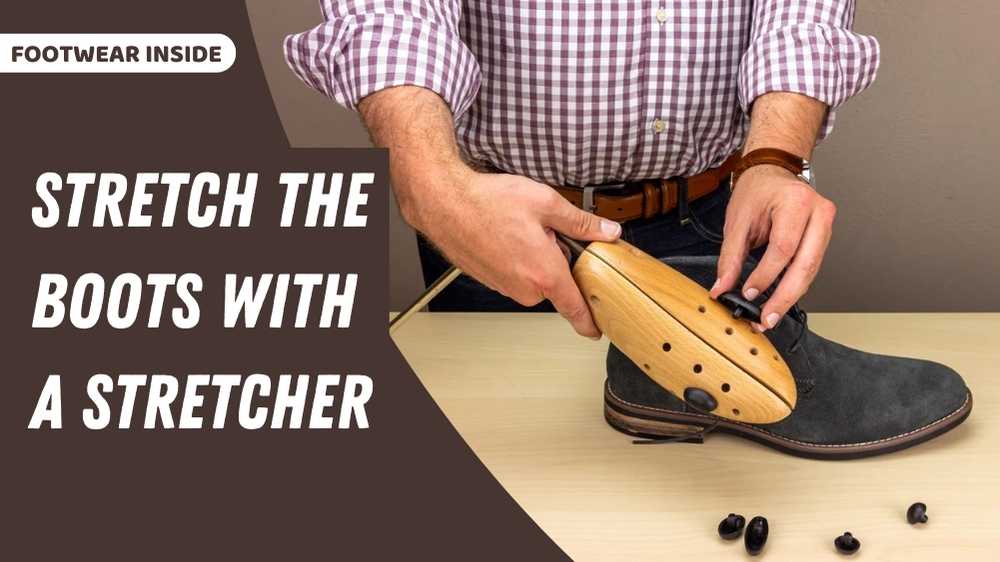
Ensure that you keep the stretcher inside the boots overnight This will enable them to stretch just enough to properly fit you. You may opt for a two-way stretcher if your boots are too narrow both lengthwise and widthwise. Watch how to use a 2-way shoe stretcher in this video!
10. Use Sprays and Conditioners to Loosen Up The Leather
You can apply certain sprays on leather boots to loosen them up and conditioners to soften the leather, like the Lexol All Leather Spray Cleaner and Conditioner. You may also apply oil to the areas that are irritating your ankles, whether it is coconut, mink, or olive oil. After a few hours, that area will be softer in feet than before.
These products will hopefully make your boots fit your feet more comfortably and naturally and reduce the probability of boots hurting your ankle and heel.
Tom Biernacki demonstrates how to get it to stop rubbing rain boots, ordinary boots, and regular sneakers from rubbing the back of your ankle. Watch it here.
What Causes Boots To Rub Your Ankles?
Due to the fact that shoe backs are typically rigid and not very flexible, the rubbing issue usually occurs when your ankles come into contact with the shoes. There are a number of other causes for this.
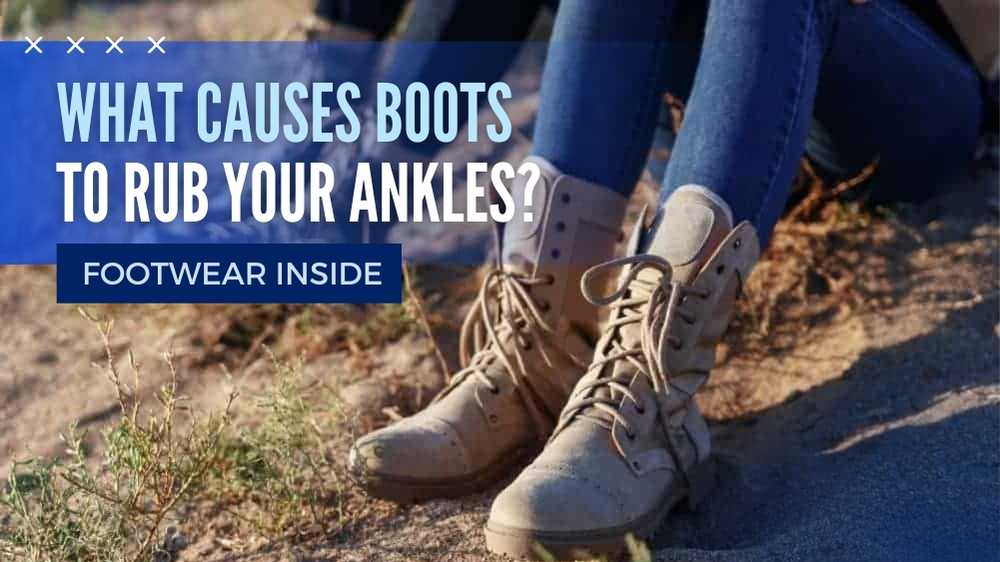
- Shoes that are too small might compress your heel, press against it and lead to blisters. Conversely, too-loose shoes can also result in rubbing and friction when your foot’s back slides within the shoe, causing blisters.
- Poorly constructed shoes, particularly those with low backs, may rub against the ankle and produce friction.
- Shoes constructed with materials that don’t allow proper breathing can cause ankle rubbing. Additionally, wearing socks that are excessively thick or don’t soak up enough moisture may add to it.
How To Heal Boot Bites?
If your shoe bite appears to be a blister, it will probably cure on its own. Until it heals completely, don’t wear the boots that are the cause of the blister, you may switch to sandals instead.

In the meantime. get the backs of your shoes padded for more comfort and ease to completely eliminate the possibility of any future shoe bites. And as a home remedy, apply some honey, vaseline, and aloe vera to the injured area. They contain antiviral and anti-inflammatory properties and help in the healing process.
How To Stretch The Back Of Your Boots To Help Against Rubbing?
Jason Flores shares that giving your boots some warm treatment using a blow dryer can help to stretch the back of it. The method is as follows.

- Slide your feet into your shoes while wearing a pair of your thickest socks.
- Use a low heat setting on your blow dryer to travel through the area around the ankles. Keep moving your feet and adjusting as you go.
- Continue using this technique until you are certain that the ankles are at ease.
- Later, try wearing the boots without your socks to see if the results are better.
How To Break In Boot Ankles?
If you constantly wear new boots before breaking in, chances are you will cut your ankle. So it is recommended to wear them for brief intervals and then gradually extend the time as they get more comfortable because they can feel tight and rigid initially. You can do this by wearing boots with thick socks around your house for short intervals every day.
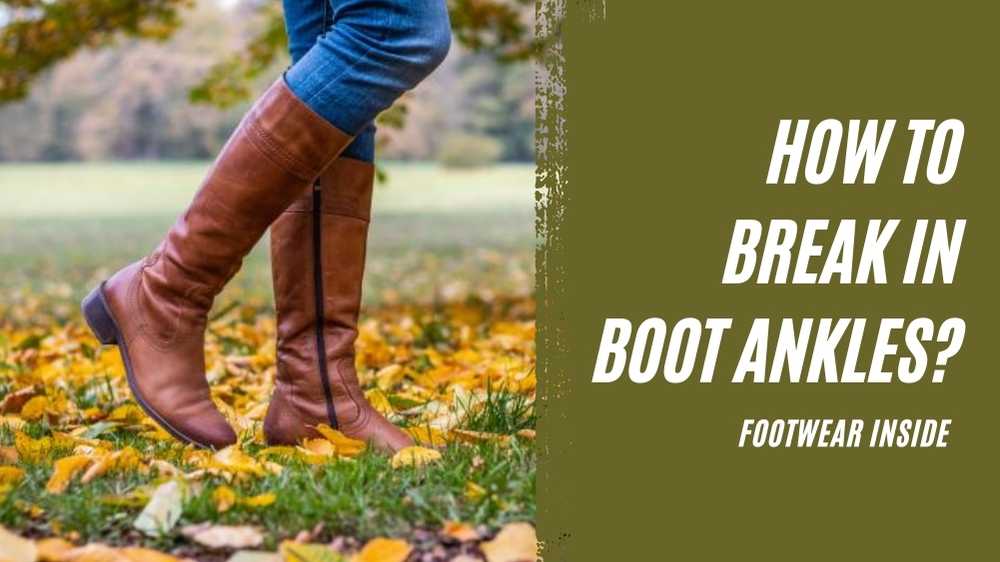
The safe way is to purchase a half or full-size larger than what your feet require. It will ensure that your ankles won’t be under stress or discomfort, and there will be plenty of room for movement.
The Takeaway
We hope our tips and tricks have given you some idea on how to prevent boots from cutting your ankle. Before you go, remember a few things as preventive measures.
Always make sure the shoes fit properly throughout the purchasing process. If your boot is overly large, it will move about and irritate your ankle as it rubs against it. Again if it’s too small, it may cut your ankle as well. It’s better to get a new shoe measured later in the day because your feet expand over the day and you want to make sure they will fit consistently.
Also, cover your feet with something protective and cushioning before putting the boots on, if you are unsure of them rubbing your ankle.
Try on this solution you think will work best and let us know about your experience!


